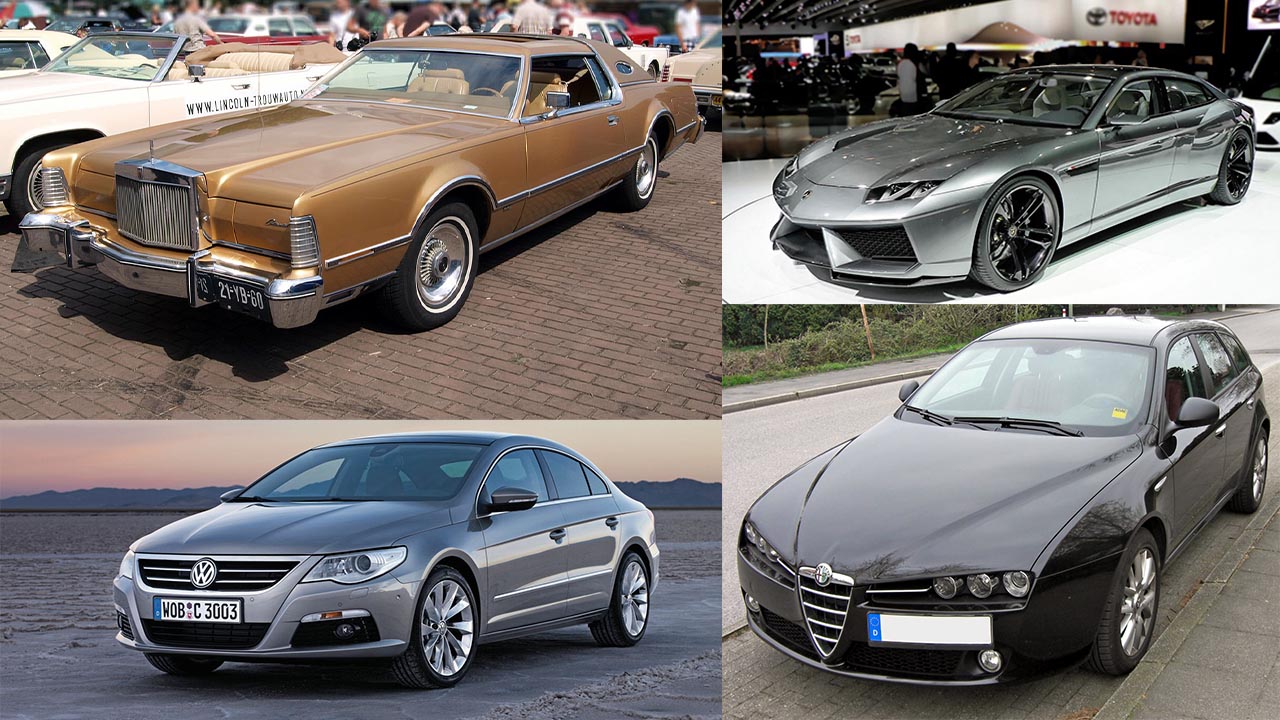Sedans were once a dominant presence in the automotive market, but in recent years, crossovers and SUVs have taken over as the preferred mode of personal transportation for families.
Although sedans haven’t completely disappeared, their diminishing market share has led many automakers to discontinue them altogether.
As more and more sedans vanish from the marketplace each year, we thought it would be interesting to revisit 10 of the most beautiful sedans that may have slipped from your memory.
This list focuses on “forgotten” sedans, which may not be well-remembered due to factors such as low sales, limited production runs, short lifespans, or even the collapse of the companies that produced them.
It’s important to note that this is a list of the most aesthetically pleasing sedans, not necessarily the best performers on the road.
Since this list reflects our opinion, feel free to leave a comment with any forgotten sedans you think should also receive recognition.
1. Aston Martin Rapide
While the Aston Martin DBX is currently the brand’s best-selling model, long-time Aston fans may recall that the company’s attempts at building a family vehicle in the past weren’t quite as successful.
The Aston Martin Rapide, produced from 2010 to 2020 with some minor variations over the years, was a truly beautiful sedan. The Rapide was essentially a four-door version of the DB9, which was one of the most stunning cars of the 2000s.
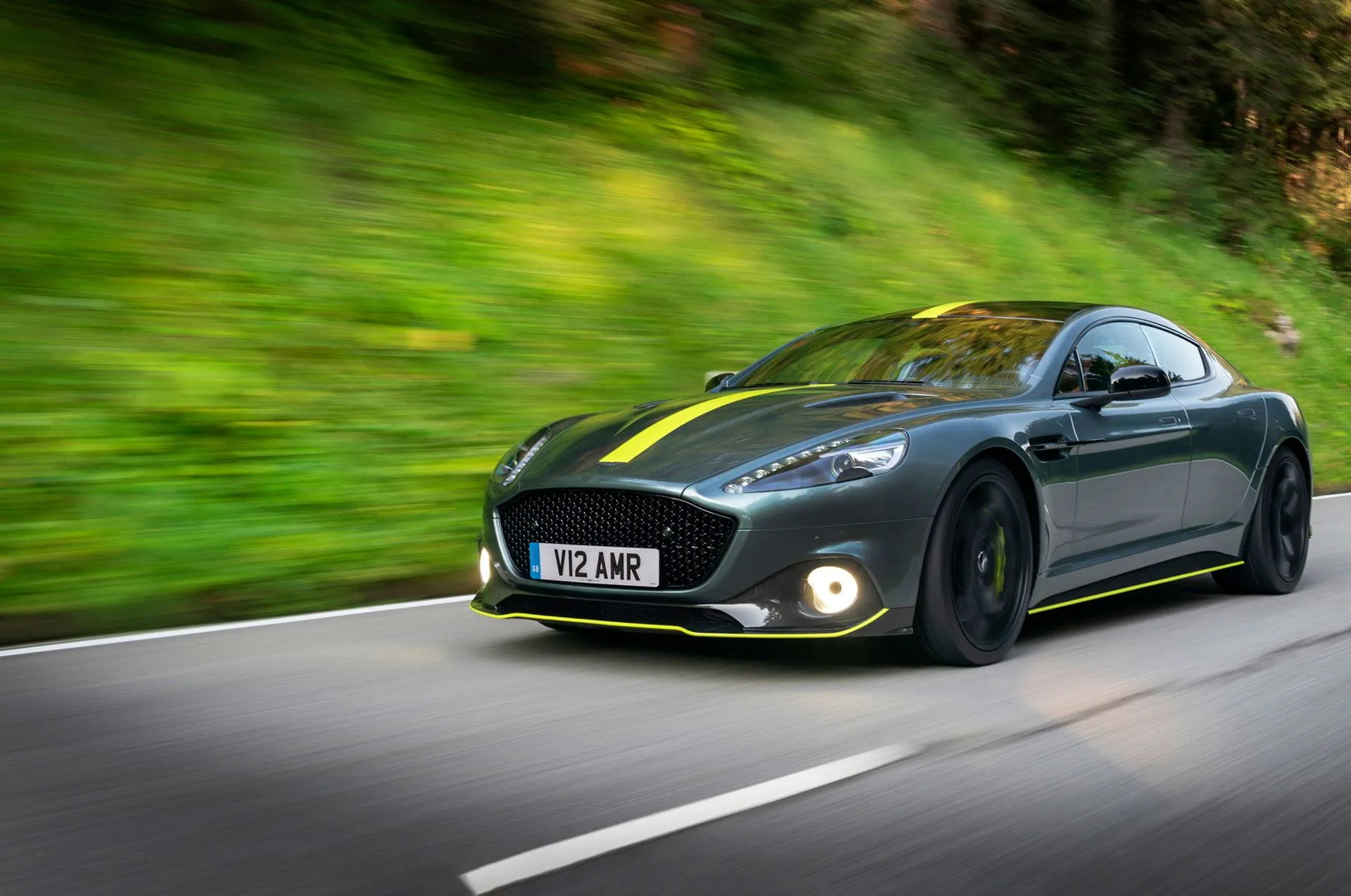
The Rapide was initially launched with a 6.0-liter V12 engine that produced 470 horsepower, which was later increased to 550 hp in the Rapide S.
An electric variant, the Rapide E, was planned to compete with the Porsche Taycan but was never produced. Instead, the Rapide AMR wrapped up production with 595 horsepower and a revised eight-speed transmission.
While the exact number of Rapides produced remains unclear, it’s known that production was moved from Magna Steyr to the UK, as sales were lower than anticipated.
2. Infiniti M
Often overshadowed by the G, the Infiniti M later renamed the Infiniti Q70 was a mid-size luxury sedan that directly targeted the BMW 5 Series and Lexus GS.
The first four-door Infiniti M sold in the United States was the second-generation M45, based on the Nissan Gloria, which debuted in 2002 and was only available until 2004.
Though it was short-lived, the M45 might be the most visually stunning sedan Infiniti ever produced. Its bold proportions gave it an imposing presence, as if it were a vehicle a mafia hitman might drive.
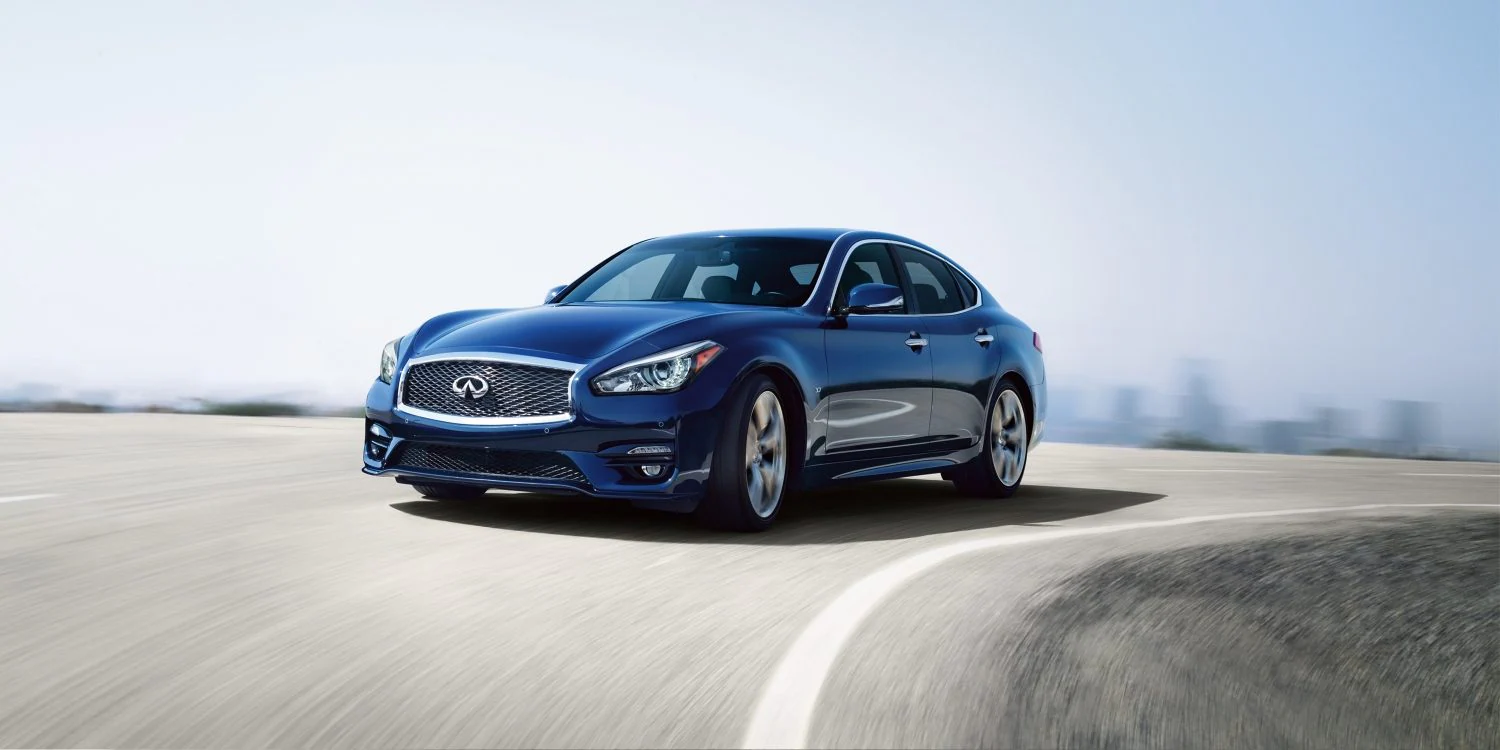
Underneath those striking looks was a robust 4.5-liter V8 engine that generated 340 horsepower.
The third-generation M35/45 took a departure from the distinctive styling, opting for a more conventional design. However, the fourth-generation model, introduced in 2010, was a showstopper.
Based on the Nissan Fuga, the Infiniti M37 and M56 were larger, more voluptuous versions of the elegant G37. The M37 shared the G37’s 3.7-liter V6 with 330 horsepower, but the rarer M56 featured a 5.6-liter V8 from the QX56, delivering 420 horsepower.
3. Saab 9-5
General Motors launched the second-generation Saab 9-5 in late 2009 as a final attempt to save the brand. Saab had produced some handsome cars throughout its history, but the 9-5, its last creation, may well be the most visually appealing.
Unlike other vehicles built on the Global Epsilon platform during GM’s ownership of Saab, the 9-5 stood out with its sleek design.
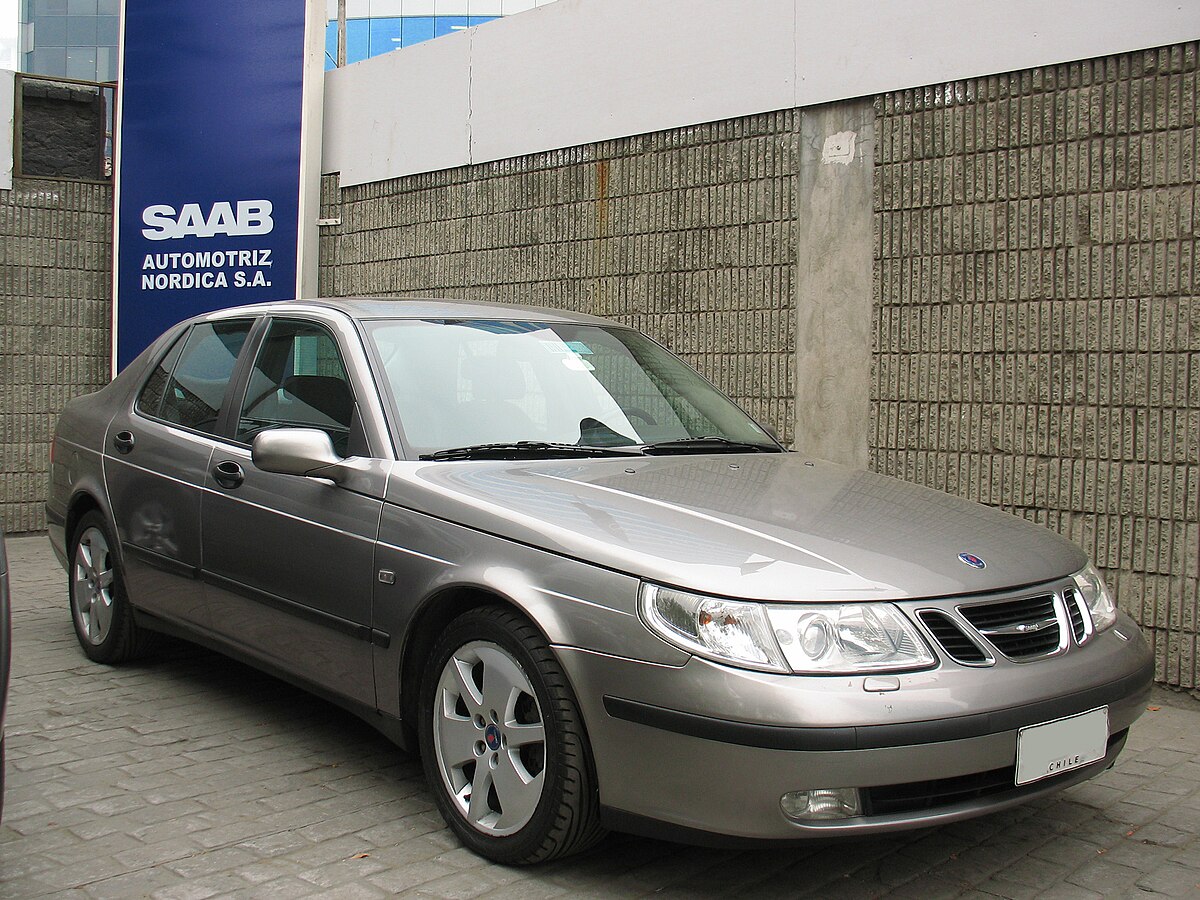
It featured an updated take on Saab’s signature eyeliner headlight surrounds, a connected taillight bar before it became a popular design trend, and a stunning C-Pillar that was unlike anything else on the market at the time.
Unfortunately, the 9-5 was not enough to save Saab. After the company was sold to Spyker, Saab went bankrupt.
Reports suggest that former Saab engineers were working on a beautiful electric sedan called the Emily GT, but it seems unlikely that the car will ever be produced.
4. Jaguar XJR
Once a dominant force in the automotive world, Jaguar has since become a lesser-known entity within the larger JLR corporate structure, which is now largely led by Land Rover.
The Jaguar XJR, however, was a highlight of the brand, standing at the pinnacle of their lineup as a full-size performance sedan.
While more than two generations of the XJR were produced, we tend to categorize them into two distinct styles: the classic models (X300, X308, and X350) and the more modern iteration designed by Ian Callum (the X351).
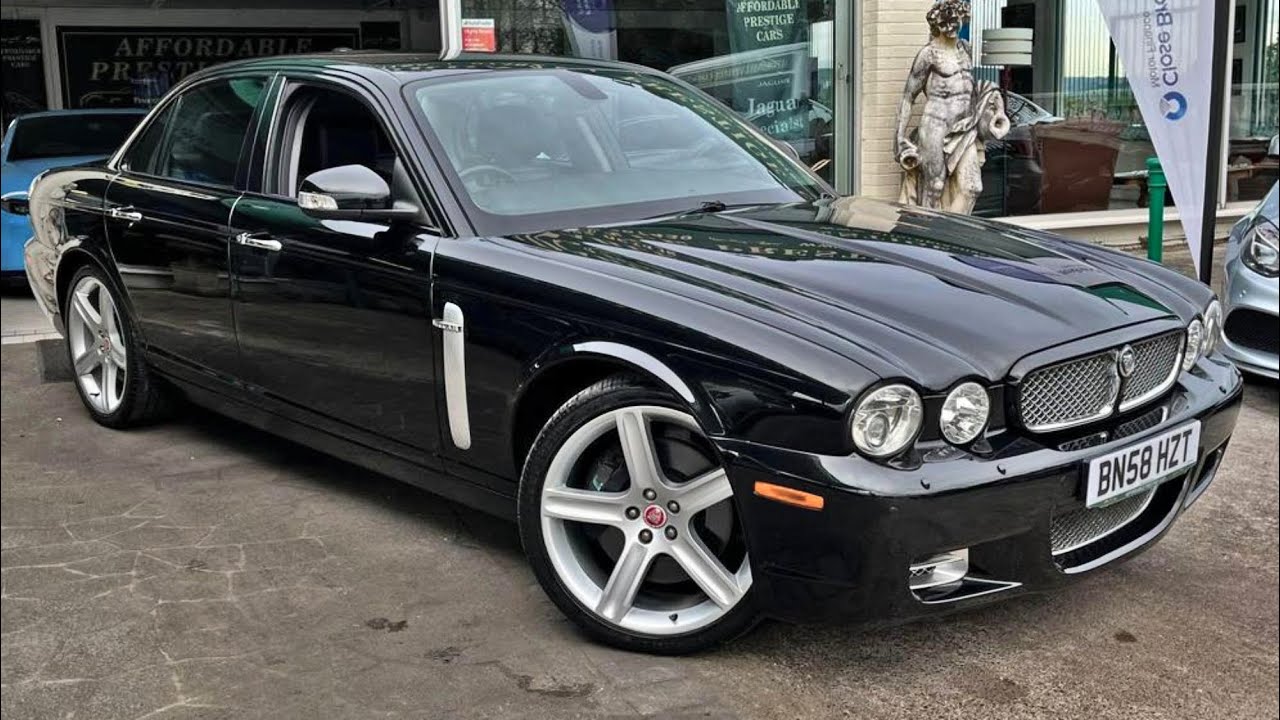
From 1994 through 2010, the XJR received various updates, but it retained its iconic British styling, which still holds its appeal today. Any XJR from this period immediately conveys its British roots.
In 2010, the XJ was completely redesigned by Ian Callum, the same designer responsible for some of Aston Martin’s most beautiful cars.
It’s hard to believe that a single model could encompass two dramatically different design philosophies, both of which are equally worthy of inclusion on this list.
There were rumors of an electric successor to the XJR, but it was reportedly canceled. However, some whispers suggest that it might make a comeback in the future.
5. Lincoln Continental
The Lincoln Continental had an impressive run of 10 generations, from 1940 to 2020, and it was once regarded as the epitome of comfort in American luxury sedans.
However, its reign came to an end when both Ford and Lincoln decided to abandon the sedan market. The final, 10th-generation model had a brief production span, being introduced in 2016 before being discontinued just a few years later.
Despite its relatively short lifespan, the 10th-generation Continental proved that a full-size luxury sedan could be built on a front-wheel-drive platform and still be visually appealing.
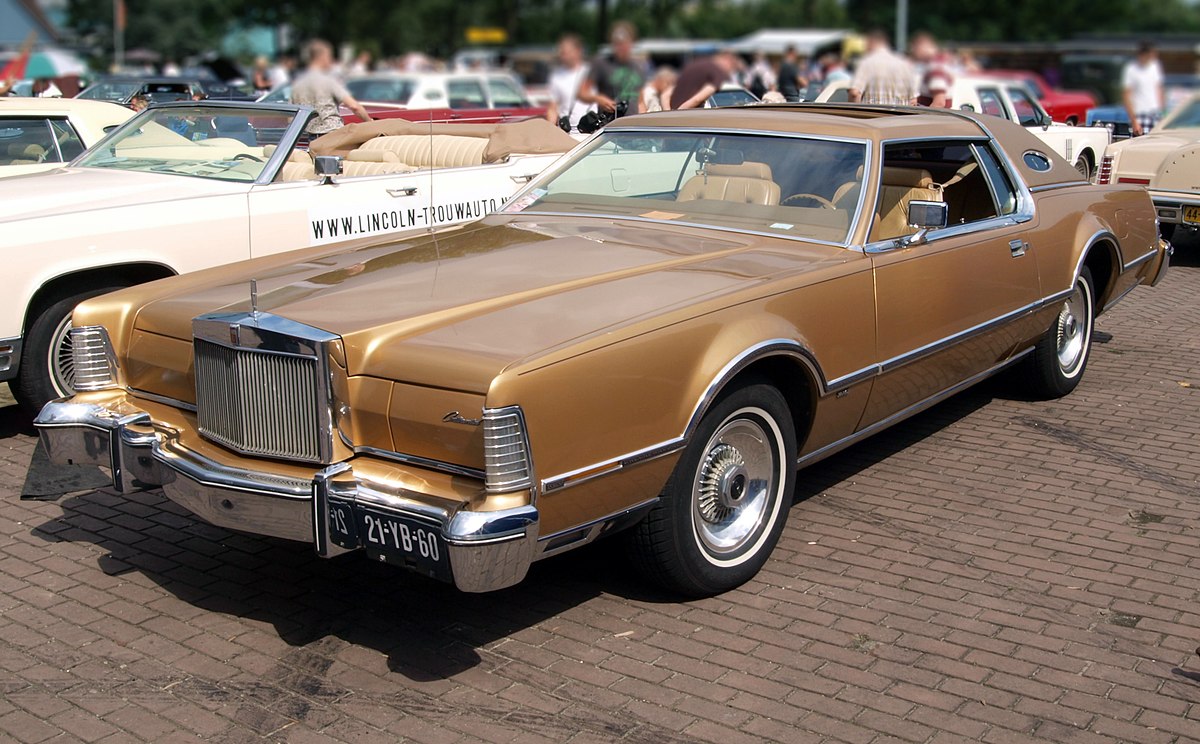
While all 10th-generation models had their charm, we’re particularly fond of the Coach Door Edition, which was produced for only two model years. Lincoln extended the wheelbase by six inches to accommodate rear-opening doors, significantly enhancing the car’s curb appeal.
Initially limited to just 80 units to celebrate Lincoln’s 80th birthday, it’s believed that around 230 units of the Coach Door Edition were built in total.
6. Volkswagen CC
While the Mercedes-Benz CLS is often credited with coining the term “Four-Door Coupe,” it was the Volkswagen CC that brought this concept into the mainstream.
Originally sold as the Passat CC, this sleek German sedan was produced from 2008 to 2016, before being replaced by the even more beautiful Arteon.
The “CC” stood for Comfort Coupe, and it lived up to the name, offering both style and comfort in spades. Even after more than a decade, the original design still feels fresh, though the models updated after 2012 have aged particularly well.
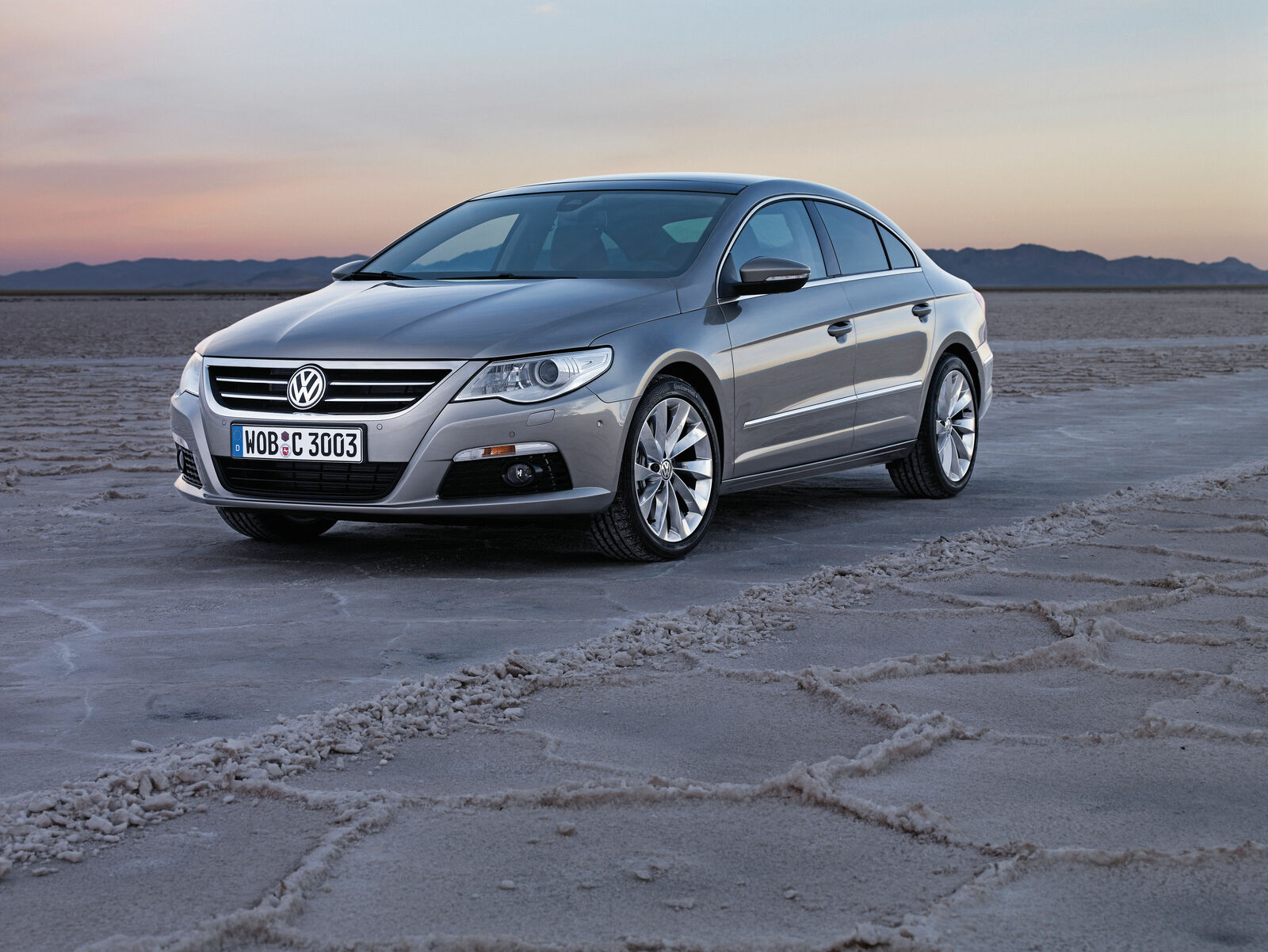
Despite its good looks, slow sales led to the demise of the CC, and even the more practical (and equally attractive) Arteon, with its hatchback design, failed to capture the attention of American buyers.
As Volkswagen moves towards an electric future, we can’t help but hope for the return of a stylish four-door coupe like the CC.
7. Suzuki Kizashi
Though it may not be the most stunning car on the list, the Suzuki Kizashi deserves recognition for delivering stylish sedan design at an affordable price.
Introduced in 2009, the Kizashi was short-lived in the U.S. market, lasting only until 2013 when Suzuki decided to pull out of the American car market.
The Kizashi was ahead of its time, offering an available i-AWD system that could be switched to front-wheel drive to save on fuel.
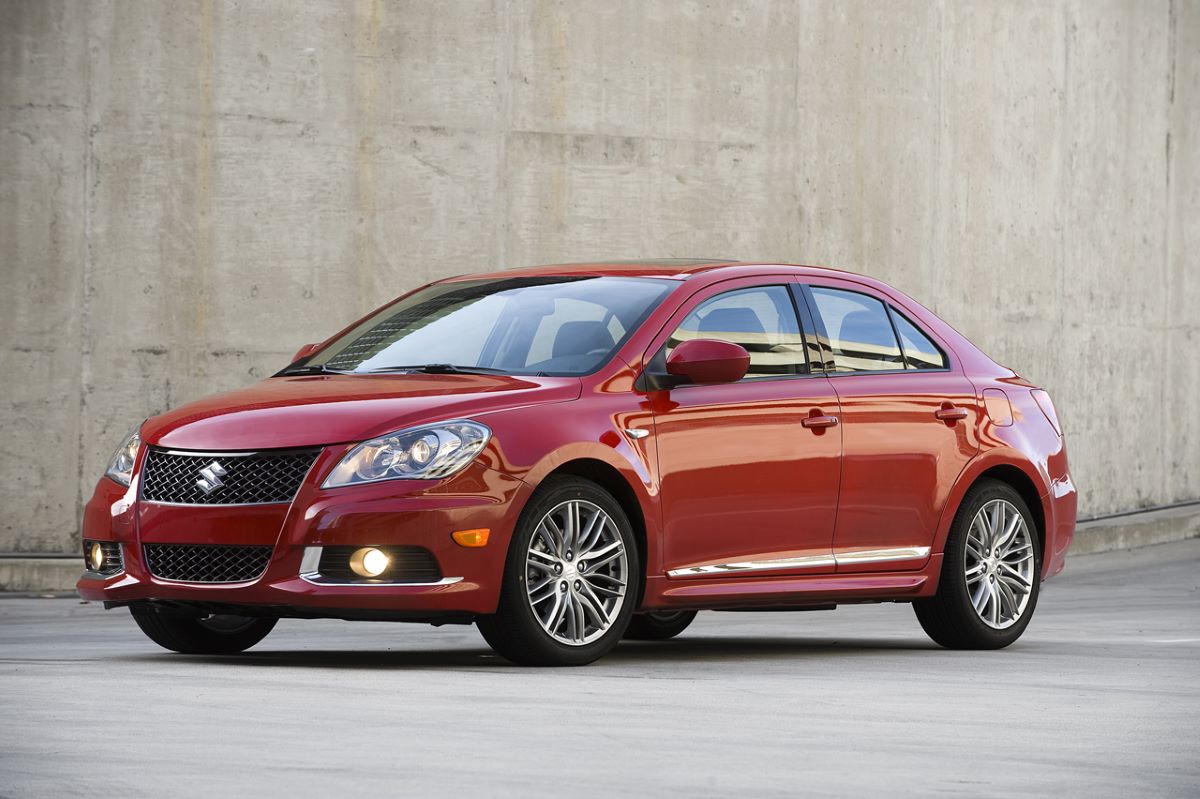
At the time, it was uncommon for sedans in this class to offer all-wheel drive, making the Kizashi stand out. Most models came with a CVT, but buyers had the option of a six-speed manual with front-wheel drive.
It’s unfortunate that the Kizashi wasn’t enough to save Suzuki in the U.S., as the company had other models that could have found a welcome audience.
8. Mercury Marauder
While most Americans associate the Ford Panther platform with the police interceptor (the Ford Crown Victoria) or a luxury limousine (the Lincoln Continental), fewer remember the time when Mercury introduced a performance version called the Marauder.
Though it may not be as visually appealing as some of the other cars on this list, the Marauder’s rugged design and bold shape earn it a well-deserved spot.
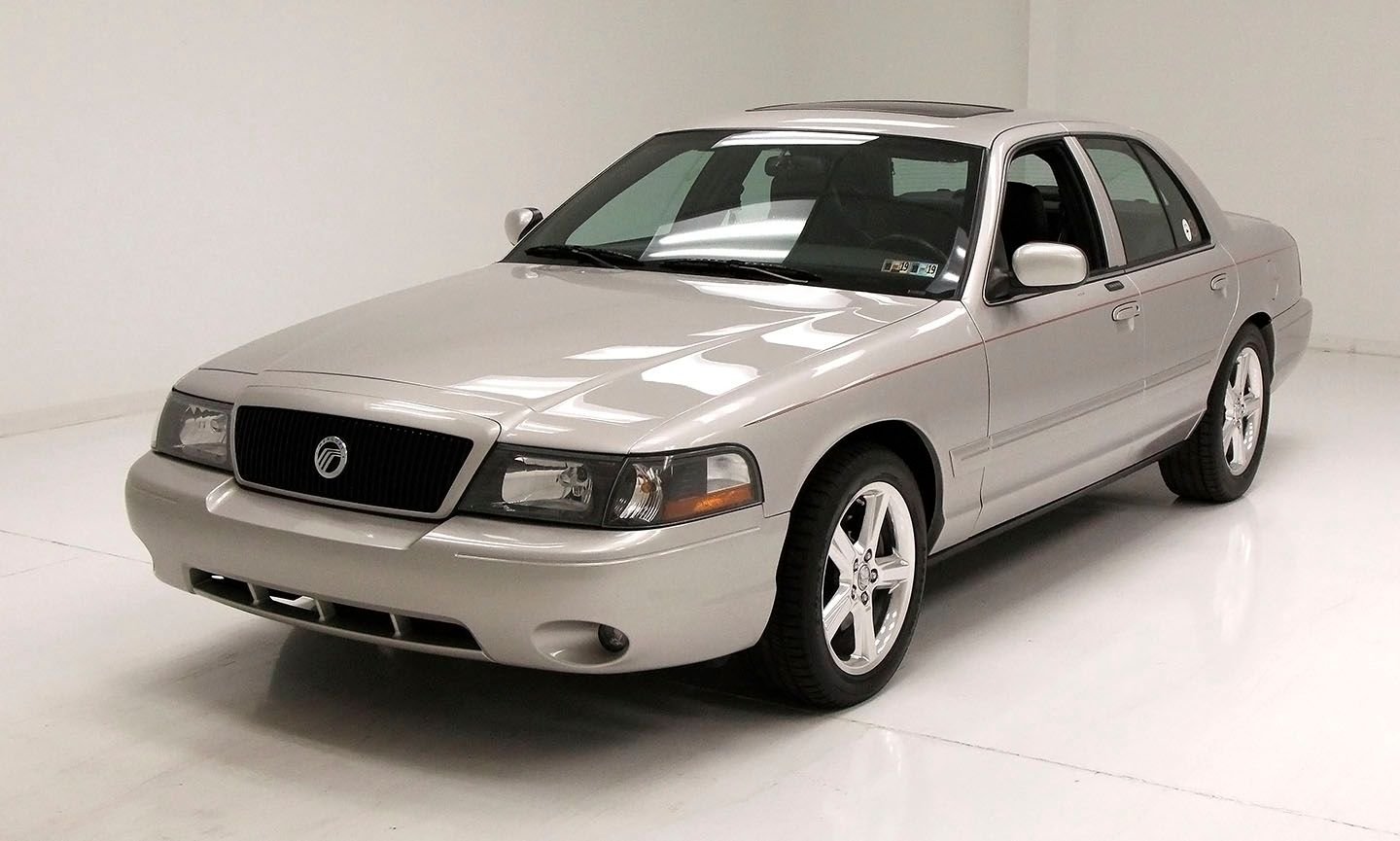
The Marauder had a short production run, lasting only from 2003 to 2004, with just 7,838 units produced. Remarkably, over 75% of these cars were painted black, which perfectly matched the car’s intimidating presence.
It’s fascinating to think that Mercury took the basic design of America’s workhorse sedan and transformed it into a highly desirable performance vehicle, complete with a leather jacket vibe.
9. Alfa Romeo 159
Though this list is US-centric, we couldn’t overlook one of the most beautiful cars produced by a legendary Italian automaker: the Alfa Romeo 159.
Manufactured from 2004 to 2011, the 159 was Alfa Romeo’s answer to competitors like the Audi A4 and BMW 3 Series. The car was designed by Giorgetto Giugiaro, the mastermind behind iconic models such as the Mk1 Volkswagen Golf, DMC DeLorean, and Lancia Delta.
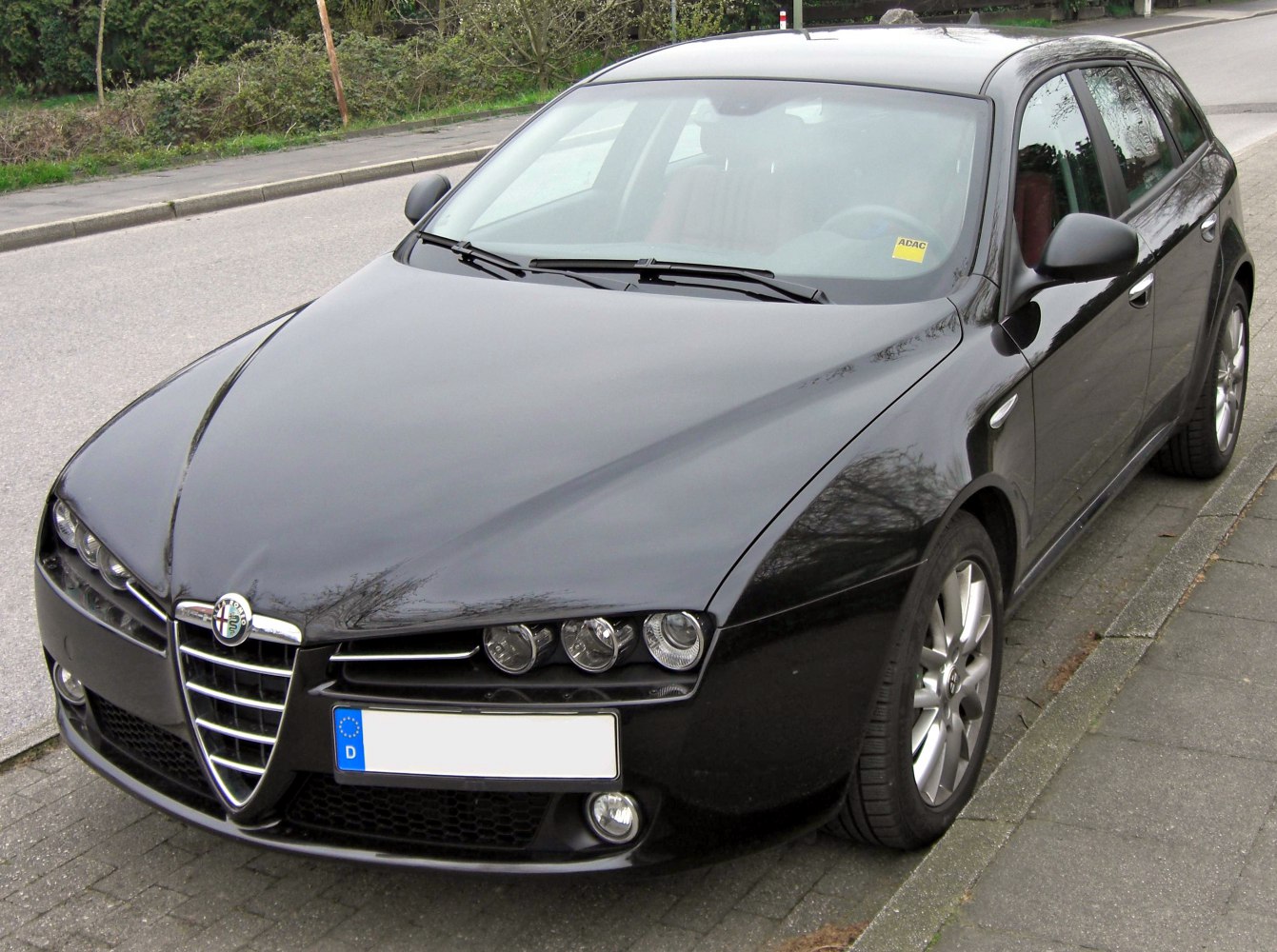
The 159’s design stands out with its three circular headlights, which are angled downward to give it a constantly scowling appearance.
The small, triangular shield grille gives the car a slightly snooty attitude, almost as if it’s dismissing you.
It’s unfortunate that Alfa Romeo wasn’t selling cars in the U.S. during its production run, but the 159 will be available for import starting in 2029.
10. Lamborghini Estoque
The Lamborghini Estoque is an automotive tragedy, as it was never put into production. Many have forgotten that Lamborghini once considered building a front-engine V10 sedan just before Porsche launched the Panamera.
With the Urus SUV now leading Lamborghini’s sales, it’s hard to predict if the Estoque would have succeeded in an era when sedans were more popular. Nevertheless, the design by Filippo Perini still looks fresh today, and it would have been revolutionary.
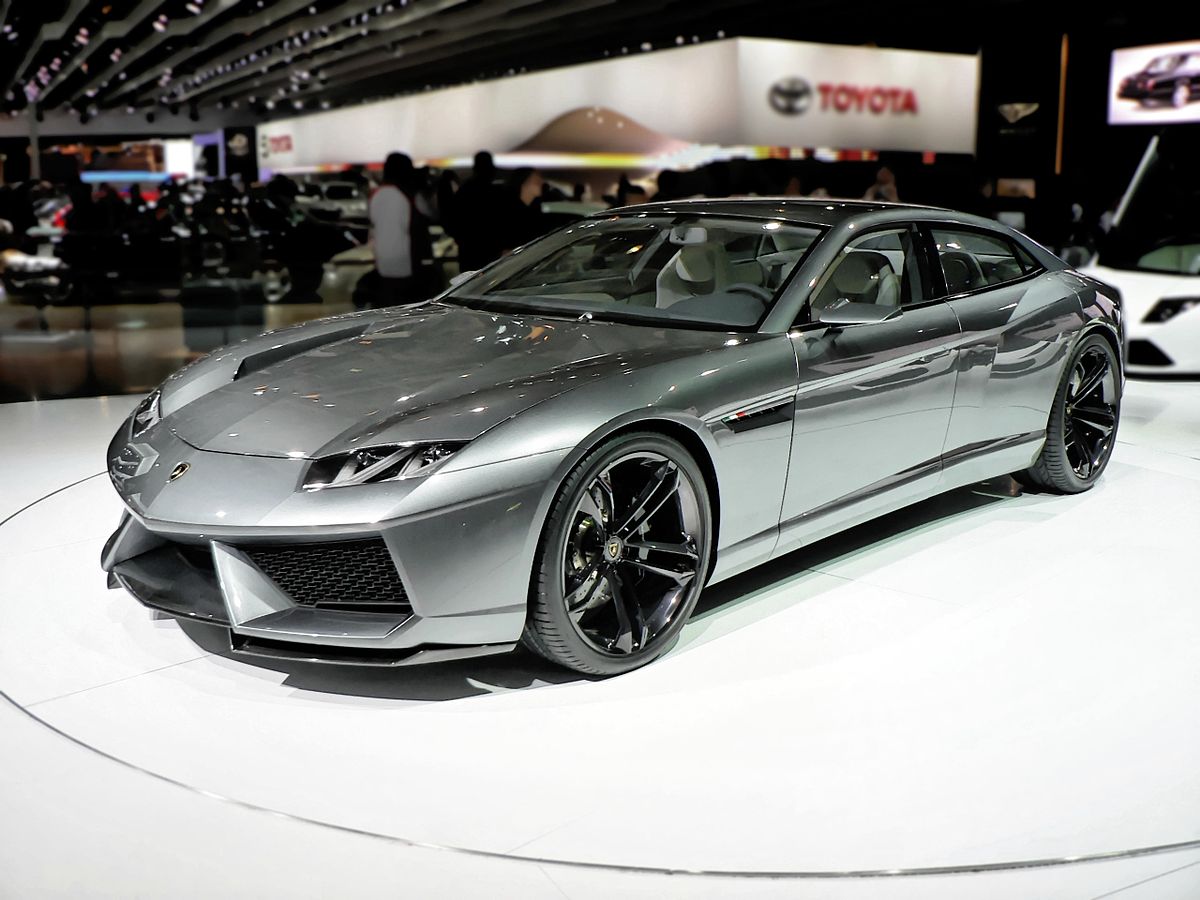
Reports suggest that Lamborghini took inspiration from the Estoque when designing the Lanzador Concept, which will become the brand’s first electric model.
Unfortunately, one of the most stunning sedans of all time, featuring a Gallardo engine under the hood, never came to fruition. It’s a missed opportunity that could have been glorious.

